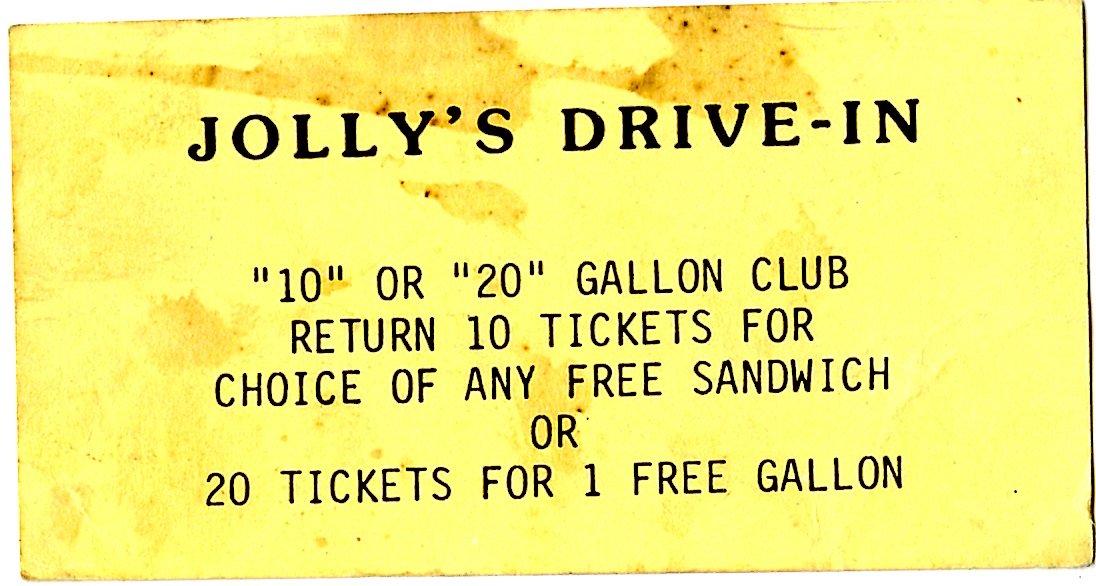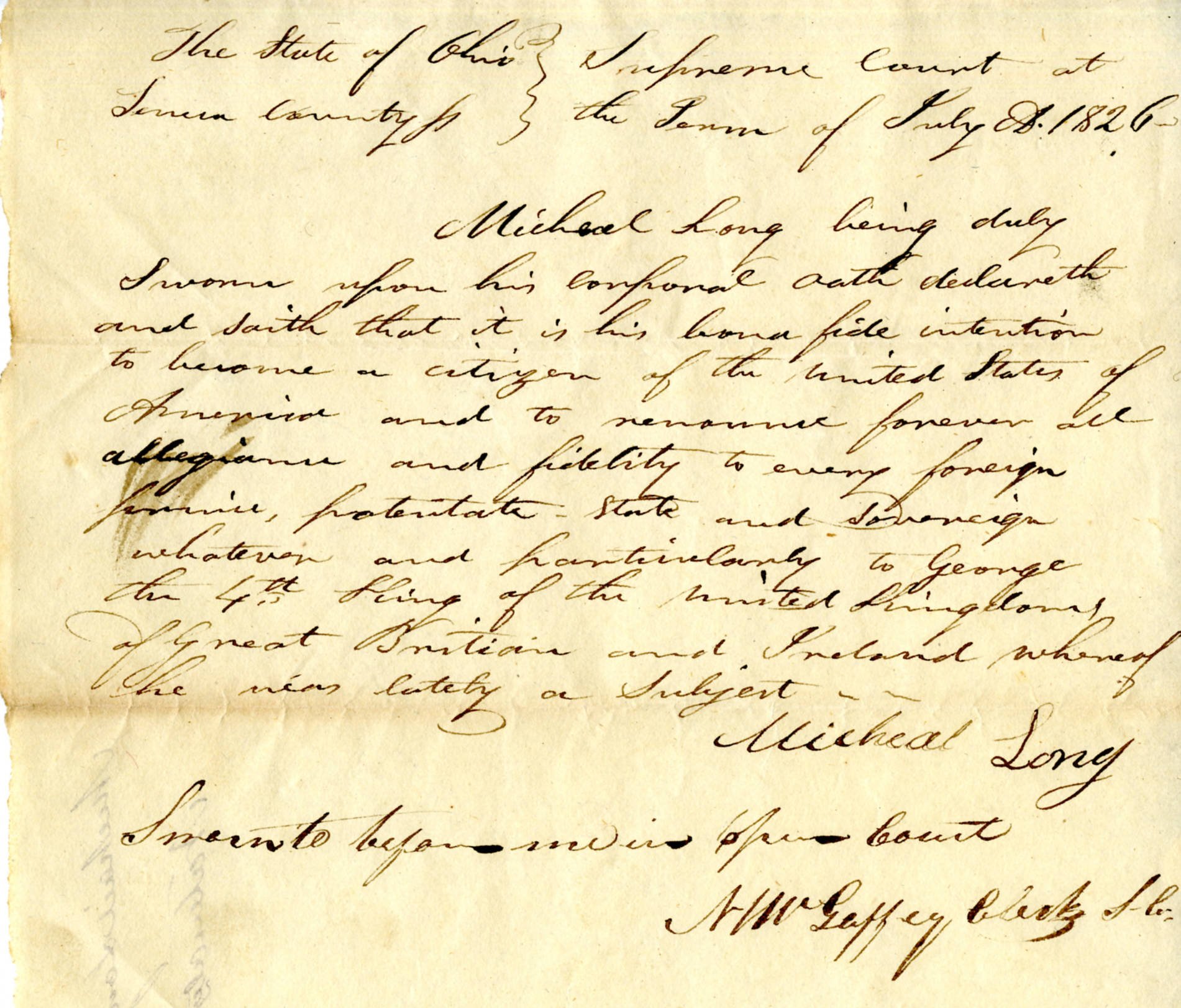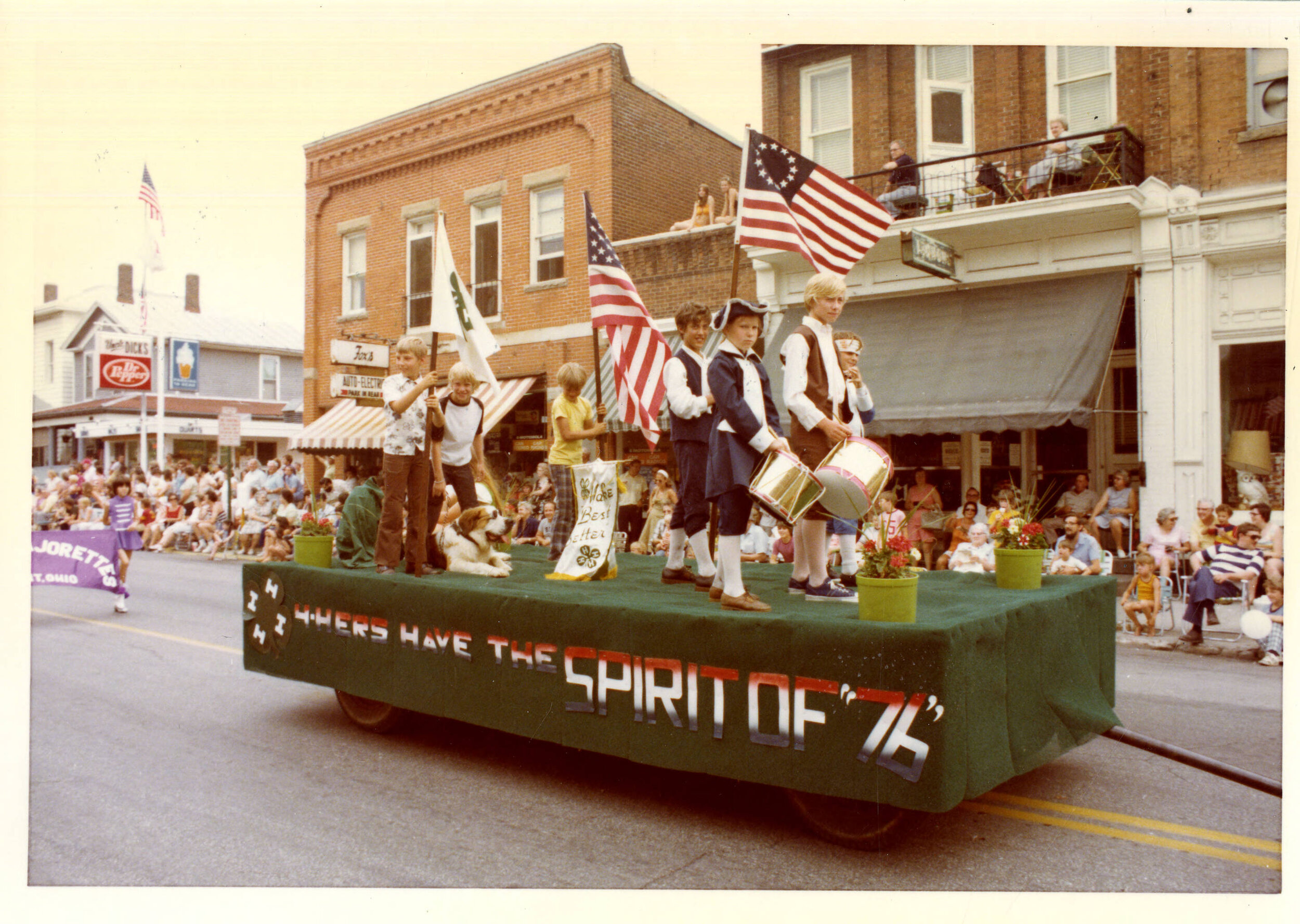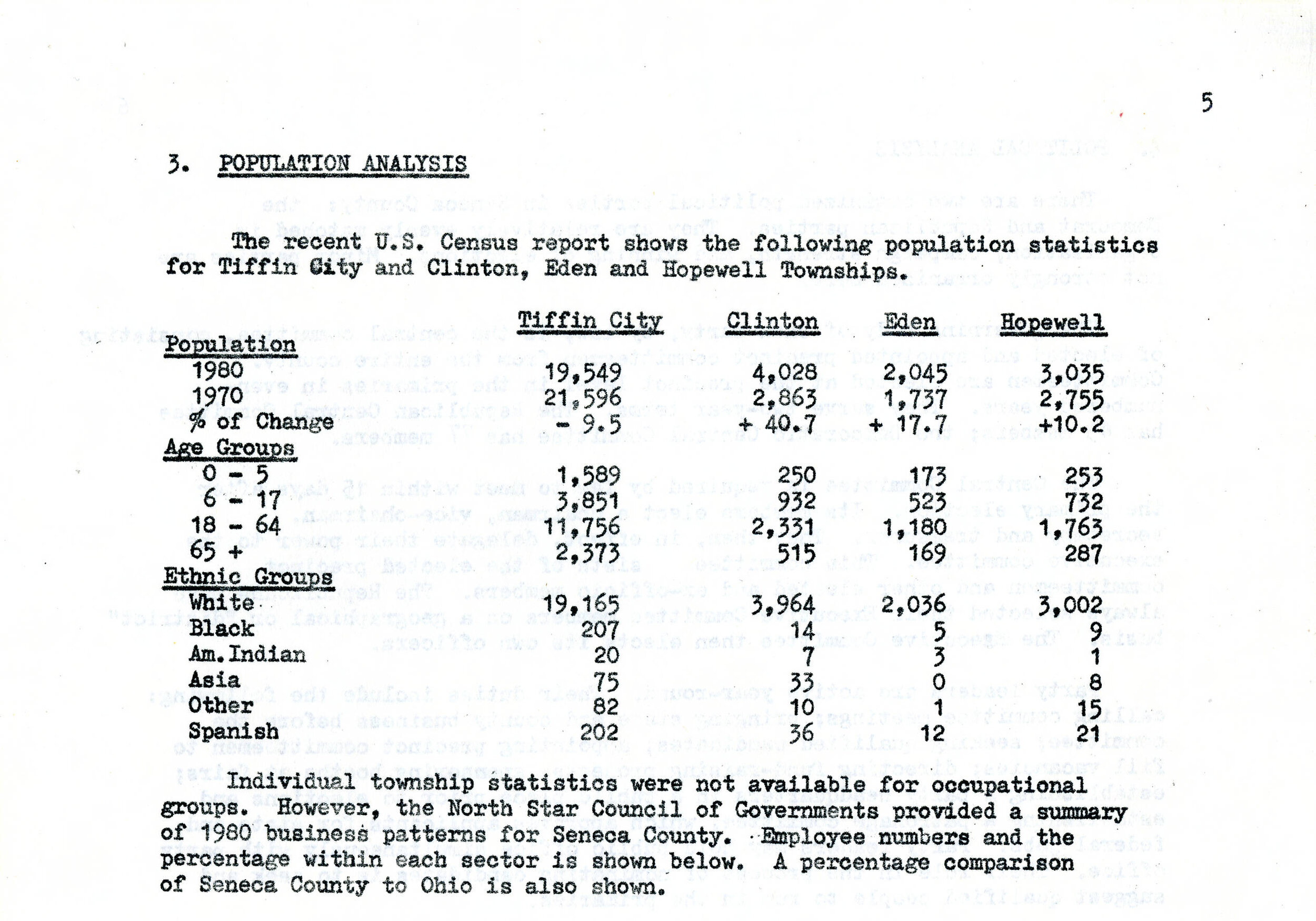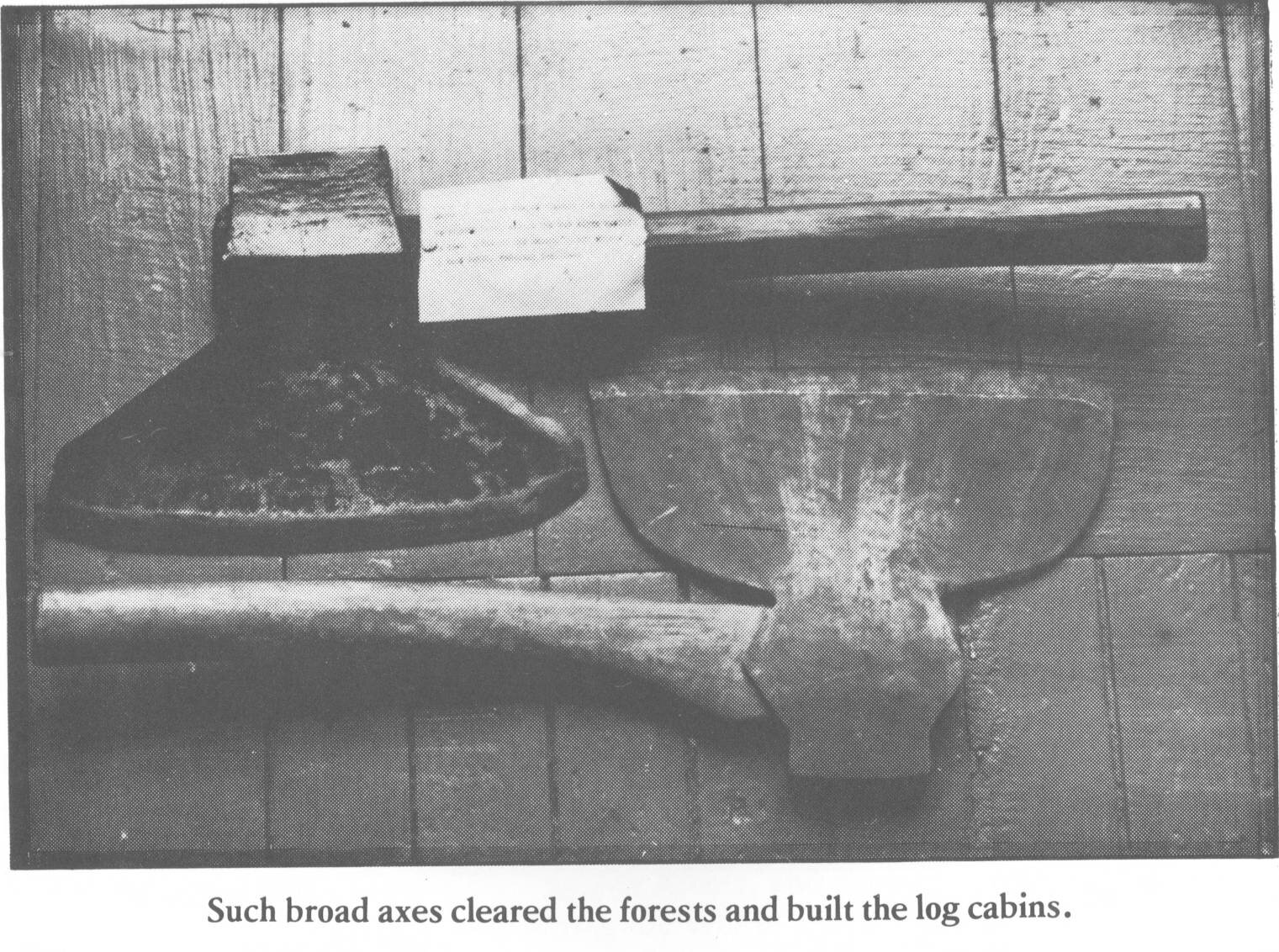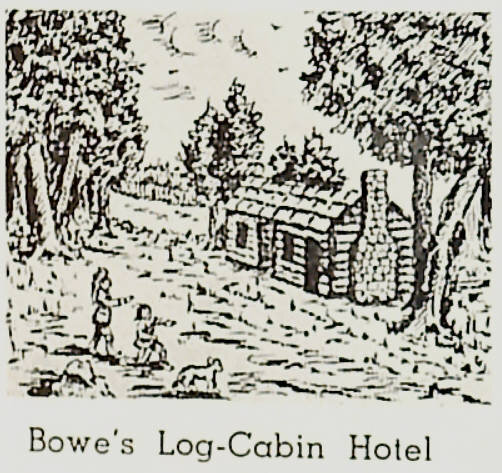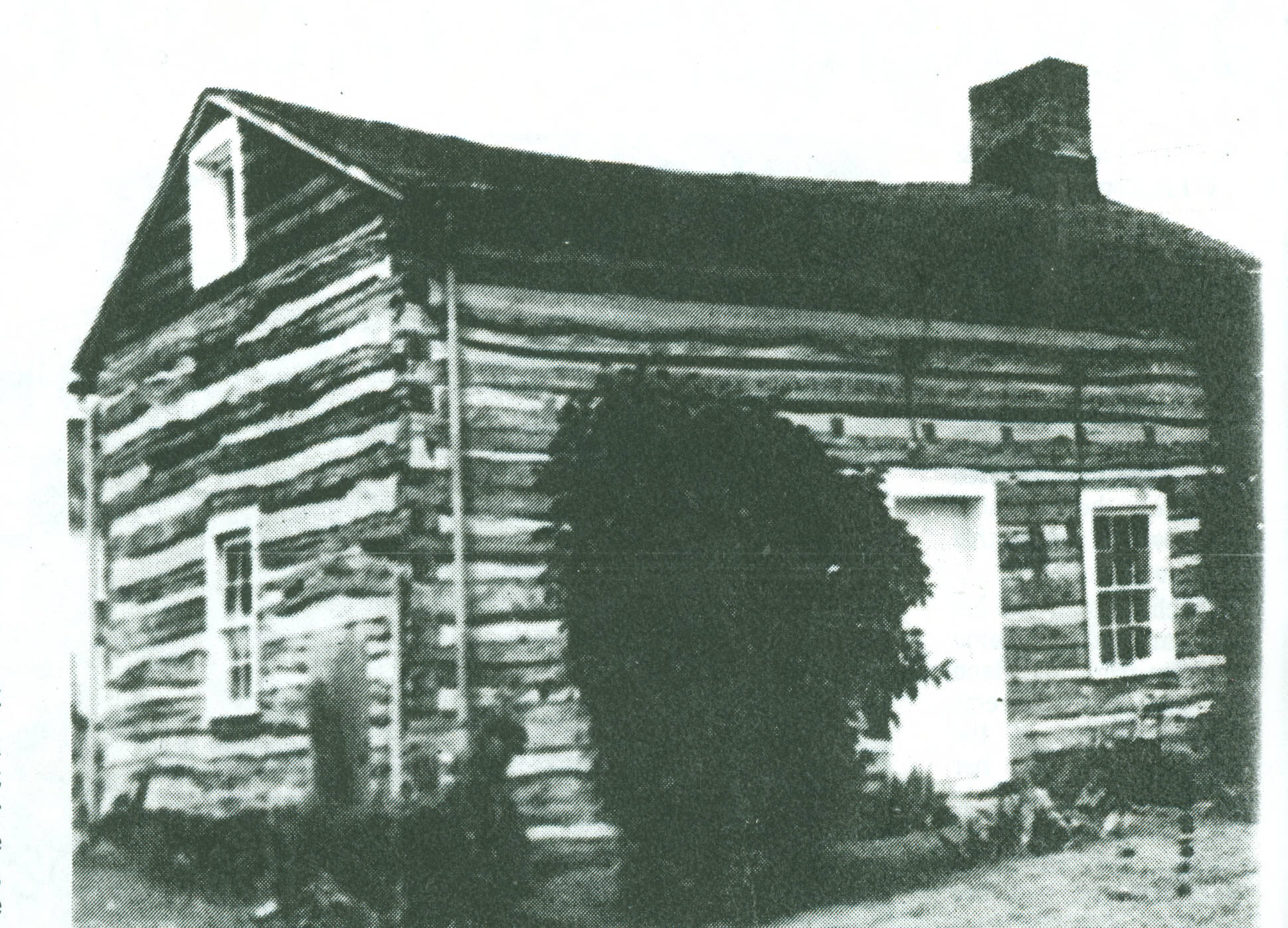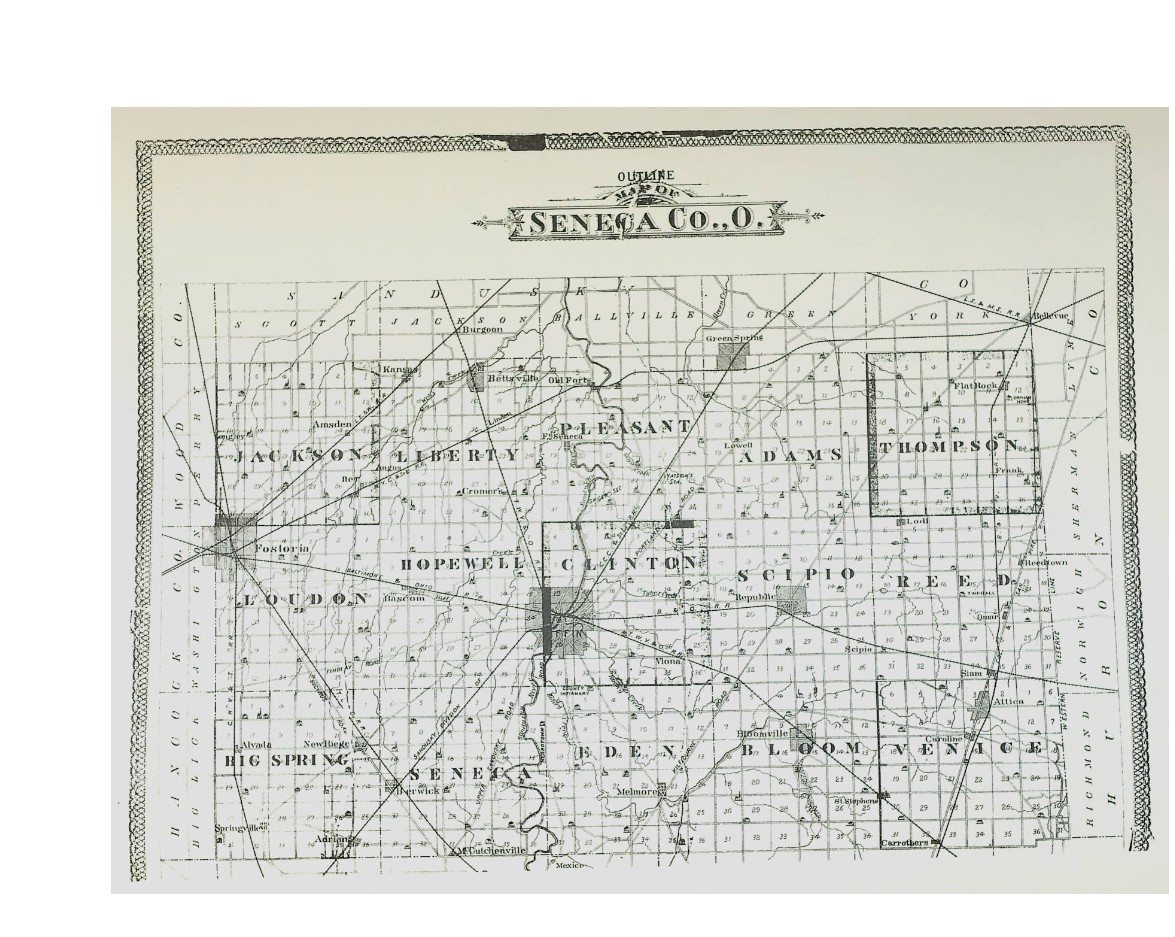By Emily Rinaman, Technical Services Librarian
In high school, college and even past academics, people have formed groups of various kinds. There’s the jocks who lead the sports’ teams to victory. There’s quiz bowl, foreign language clubs, and band. Bands have unique bonds that often go deeper than the music they play. Bands pump up the crowd at athletic events and soothe a wounded soul on more solemn occasions.
Steine’s Band, which consisted of Tiffin residents with German heritage, performs in a parade.
Tiffin, like so many Midwestern communities, had its own share of unique bands throughout its history. These bands have been present at football games, parades, garden concerts and business anniversaries. Small villages often had their own bands ready to gather the community together at any opportunity. Risingsun, Bascom and Green Springs all boasted their own bands at some point. Likewise, the Ladies Band of Fostoria performed for the Eden Township Centennial.
Thousands of German immigrants called Tiffin home, and one of the traditions they brought with them to America was their love of music and a strong kinship of playing music together. “The American groups served as bridges between old and new worlds, preserving ethnic traditions while shaping the culture.”
Germans were particularly known for forming bands. In the 1920s, a band (name unknown) made up of Belgian glass blowers entertained Tiffinites from time to time.
Another German band in Tiffin called the Brunderbund German band and included Henry Hubach, the owner of the Hubach brewery.
Steine’s Band was perhaps the last of its kind and performed well into the 1940s. It even had it’s own theme song, “Roll Out the Barrel,” a Czech polka composed in 1927.
The common instruments played in these types of “homegrown” bands included cornets, trombones, clarinets, bass drum and violins. They played polka tunes and “schottische” (slow polka).
The 6th Regiment Band was a military band from Tiffin.
Perhaps the most popular band in Tiffin for festive social occasions was the Boo’s Cornet Band, formed by Professor C.F. Boos, who emigrated from Germany in 1849. Shortly after arriving in America, Boos joined the military and lead the 55th Ohio V.I. band and the military band at Camp Dennison near Cincinnati.
After his discharge, he became a music teacher, organist and choir director in Tiffin. He also owned a music store which sold pianos, organs and other instruments.
The Boos band played for large dances, annual dances for specific groups, events on the court house lawn, and also with the 8th Ohio Volunteers. It also played for Tiffin’s U.S. Centennial celebration in 1876, alongside a Harmonia band.
Military or “regimental” bands became popular after the Civil War. These musicians had played specific instruments like the cornet or saxhorn during their service and tunes to tell time for meals, the start of a battle or “lights out” at night. Additional instruments often included snare and bass drums, fifes and clarinets. Similarly, fire departments and policemen formed their own bands as well.
Sometimes there were even friendly tournaments of the different bands. In Tiffin, these unofficial competitions were often held on the Fourth of July or the first week in October when Oktoberfest is generally celebrated.
“They (the bands) came by train, horse and buggies. Farmers dropped their burdensome chores for a few hours of entertainment. Doubtless to say, the saloon keepers and merchants were 100% behind their city hosting such an event!”
Another type of band similar to German bands were Moravian bands. In the Reminiscenes of Early Days of Tiffin, the author recalls her father once playing the French horn for Tiffin’s own Moravian band, and it was a custom for the band to play music in the cemetery on Easter morning. While Moravian bands are part of German heritage, their style of music is much different. Moravian music has a classical vibe and is designed for more sacred than festive occasions.
In the Midwest and Ohio, the number of informal bands in smaller municipalities peaked around 1900 before steadily declining as marching bands replaced them. (To see some maps visualizing this shift, visit IBEW’s “History of Brass Bands” at https://ibewbrass.wordpress.com/2011/04/11/cornet-bands-of-the-usa/ ).
The Junior Home Band played for the school’s football games for several years. This photo was taken at a game in the 1940s.
By the 1920s, the Junior Home has the Orphans Home Boy’s Band which played for various ceremonies on the Junior Home grounds. This band eventually included girls and played during the Junior Home’s football games, as seen in the photo featured in this blog.
Once football took off as a major sport for high schools and colleges, it solidified a place for marching bands and most of the fight songs whose tunes we are familiar with today, shared among colleges and high schools, were composed in the early 20th century.
By the middle of the century, high school bands had become the main musical attraction for events – at the Tiffin Glass Festival in 1965, bands from Attica High School, Thompson High School, Calvert High School and Old Fort High School all performed in the court house square.
To hear a little band music from this era, you can visit the Seneca County Digital Library and search for the 13-minute video called “The Sounds of Columbian Audio – 1965”. Other local marching and concert band clips can be found on the library’s digital history YouTube channel, TSPL DigitalLib.
Sources:
75th Anniversary Souvenir. Seneca County Digital Library. https://www.ohiomemory.org/digital/collection/p15005coll27/id/22962/rec/2
Cook, Jane Stewart. “Belgian Americans.” Countries and Their Cultures. https://www.everyculture.com/multi/A-Br/Belgian-Americans.html
“Civil War Military Bands: Their Purpose and Composition.” American Battlefield Trust. September 28, 2020. Updated May 12, 2021. https://www.battlefields.org/learn/articles/civil-war-military-bands
History of Eden Township and Melmore. Seneca County Digital Library. https://www.ohiomemory.org/digital/collection/p15005coll27/id/29644/rec/1
History of Tiffin Fire Department, 1843-1993. Seneca County Digital Library. https://www.ohiomemory.org/digital/collection/p15005coll27/id/32508/rec/1
History of Seneca County from the Close of the Revolutionary War to July 1880. Seneca County Digital Library. https://www.ohiomemory.org/digital/collection/p15005coll27/id/17928/rec/1
Holman, Gavin. “Cornet Bands of the USA.” IBEW: The History of Brass Bands. April 11, 2011. https://ibewbrass.wordpress.com/2011/04/11/cornet-bands-of-the-usa/
Junior Home Dedicatory Services of Ohio Memorial Church and School 1928. Seneca County Digital Library. https://www.ohiomemory.org/digital/collection/p15005coll27/id/4239/rec/1
“Moravian Music.” The Moravian Church. https://www.moravian.org/2018/06/moravian-music/
National Machinery. “National Servicemen’s News Bulletin, Vol. 2, Number 1”. Seneca County Digital Library. https://www.ohiomemory.org/digital/collection/p15005coll27/id/64292/rec/1
Official Souvenir Program Tiffin Glass Festival 1965. Seneca County Digital Library. https://www.ohiomemory.org/digital/collection/p15005coll27/id/36358/rec/1
Gibson, Martha. “Reminiscences of Early Days of Tiffin”. Seneca County Digital Library. https://www.ohiomemory.org/digital/collection/p15005coll27/id/12932/rec/2
Seneca County Historical Society. “Fort Ball Gazette April 1991”. Seneca County Digital Library. https://www.ohiomemory.org/digital/collection/p15005coll27/id/41003/rec/1
Smith, Howard. The What, How and Who of It: an Ohio Community in 1856-1880 by Howard Smith. Seneca County Digital Library. https://www.ohiomemory.org/digital/collection/p15005coll27/id/16074/rec/1
Seneca County Genealogical Society. “Seneca County, Ohio History & Families”. Seneca County Digital Library. https://www.ohiomemory.org/digital/collection/p15005coll27/id/28319/rec/1
Terry, Joseph. History of Tiffin’s Breweries and Bottling Works. Seneca County Digital Library. https://www.ohiomemory.org/digital/collection/p15005coll27/id/23186/rec/1












